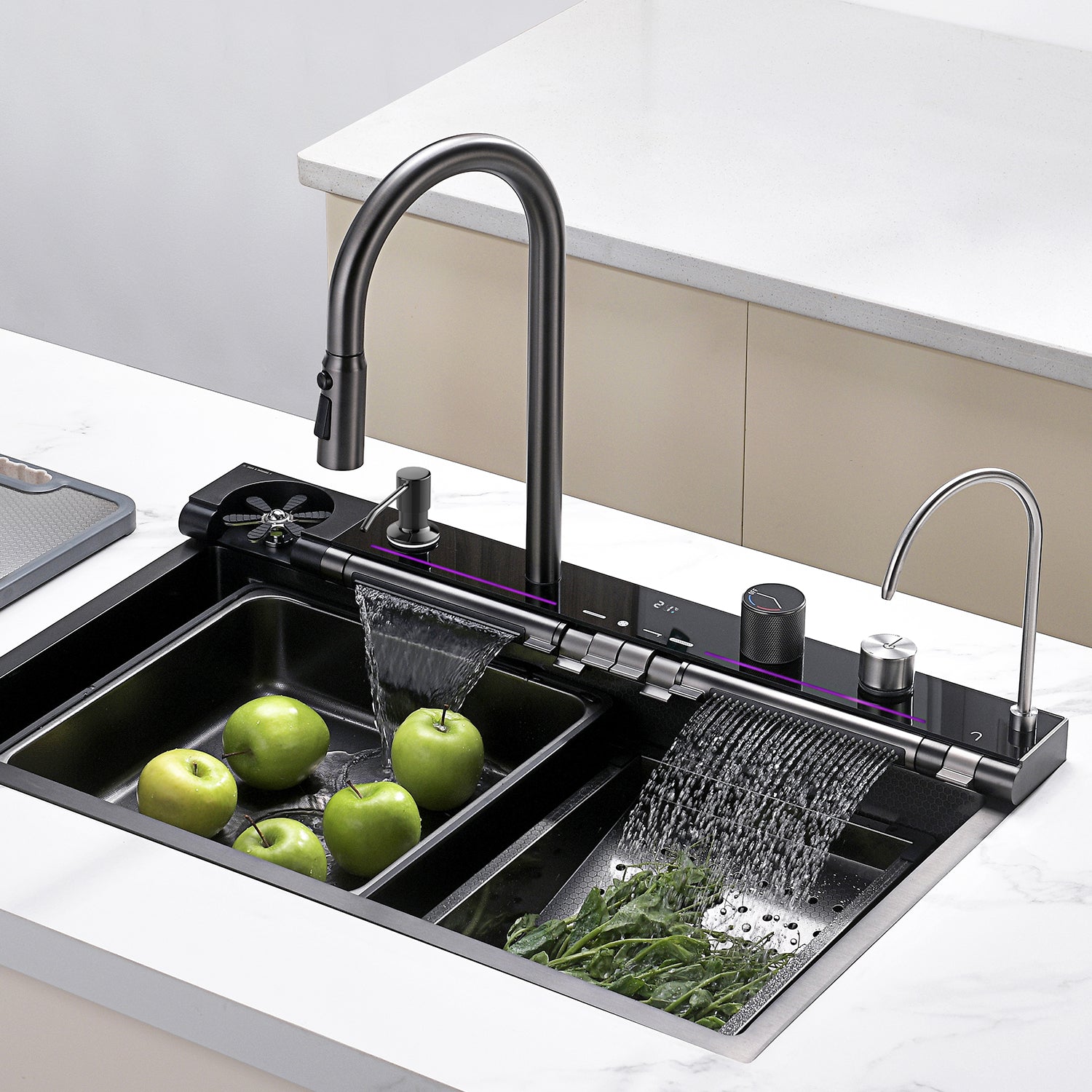9 Steps to Take When Water Isn’t Coming Out of Your Faucet
In a household, running water is essential for various daily tasks, from cooking to personal hygiene. However, encountering a situation where water isn't flowing from your faucet can be inconvenient and frustrating. Fortunately, there are several steps you can take to troubleshoot and resolve this issue. Whether it's a minor aerator clog or a more significant problem like frozen pipes, addressing the issue promptly can restore the flow of water to your taps. Here are nine steps to consider when facing a faucet with no water:
1. Try Another Faucet
If water isn't flowing from a particular faucet, the first instinct might be panic. However, before jumping to conclusions, it's wise to check if the problem is isolated to that specific tap. Try turning on other faucets in your home to see if they're also affected. If water flows freely from other fixtures, it indicates that the issue is localized to the problematic faucet, narrowing down the troubleshooting process.

2. Check the Valve Under the Sink
Before delving into more complex solutions, it's essential to rule out simple causes. One common reason for a faucet not dispensing water is a closed valve under the sink. This valve controls the flow of water to the faucet and may have been inadvertently shut off during maintenance or repairs. Check if the valve is fully open, ensuring that water can reach the faucet without obstruction.

3. Test Both Hot and Cold Taps
To pinpoint the root cause of the problem, it's crucial to test both hot and cold water taps separately. If only one side is affected, such as the hot water not working while the cold water flows normally, it could indicate specific issues. For instance, if the hot water isn't coming out, there might be a problem with the water heater, while issues with the cold water could stem from supply line disruptions.

4. Examine the Aerator for Clogs
Modern faucets are equipped with aerators, which help regulate water flow and prevent splashing. However, these aerators can become clogged over time, impeding water flow from the faucet. Unscrew the aerator from the tip of the faucet and inspect it for mineral deposits or debris. Soaking the aerator in vinegar overnight can dissolve any buildup, restoring proper water flow.

5. Check the Main Water Shut-Off Valve
A sudden loss of water throughout the house may signal a problem with the main water shut-off valve. Locate this valve, typically near the water meter or heater, and ensure that it's fully open. If the valve is difficult to turn or corroded, it may need professional attention to restore water flow to the house.

6. Consider the Possibility of Frozen Pipes
In colder climates, frozen pipes are a common cause of water supply disruptions. Signs of frozen pipes include reduced water flow, frost on exposed pipes, and unusual odors near faucets. If you suspect frozen pipes, attempt to thaw them using safe heating methods or contact a plumber for assistance to prevent potential pipe bursts.

7. Inspect for Leaks or Damage
Leaks or dents in plumbing pipes can restrict water flow or cause complete blockages. Thoroughly examine visible pipes for signs of leakage or physical damage. Address any issues promptly by repairing or replacing damaged sections to restore proper water flow.

8. Address Sediment Buildup
Over time, sediment can accumulate in water supply lines, leading to reduced water pressure and flow. If you've noticed a gradual decrease in water pressure, sediment buildup might be the culprit. Professional plumbing services can clear the buildup or replace affected pipes to restore optimal water flow in your home.

9. Check Your Water Pump
For households reliant on well water, a malfunctioning water pump can result in a complete loss of water supply. Regular maintenance and inspections are essential to prevent unexpected pump failures. If your water pump stops working suddenly, contact a repair specialist to diagnose and address the issue promptly.

By following these nine steps, you can effectively troubleshoot and resolve issues when water isn't coming out of your faucet. Whether it's a minor adjustment or a more significant repair, addressing the problem promptly ensures uninterrupted access to essential water sources in your home.
FAQs
1. Why is only one faucet in my house not dispensing water?
It's possible that the valve under the sink is closed or the faucet is clogged. Check the valve and aerator for obstructions.
2. How can I prevent frozen pipes during winter?
Insulate exposed pipes, allow faucets to drip during freezing temperatures, and maintain adequate indoor heating to prevent pipe freezing.
3. Can I clean the aerator without removing it from the faucet?
While removing the aerator provides thorough cleaning, you can try using a small brush to dislodge debris without unscrewing it.
4. What should I do if I can't locate the main water shut-off valve?
Consult your home's blueprints or contact a plumber for assistance in locating the main water shut-off valve.
5. Is it safe to use chemical cleaners to dissolve mineral deposits in the aerator?
It's best to avoid harsh chemicals and opt for natural solutions like vinegar, which are safer for both you and the environment.





laissez un commentaire